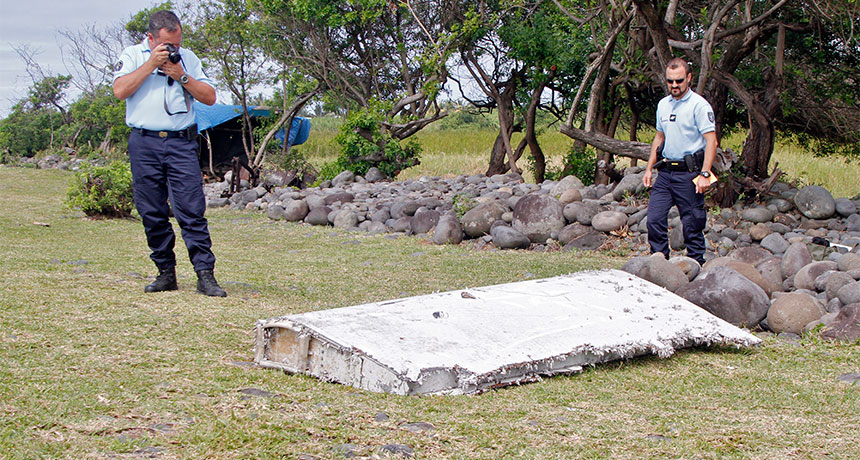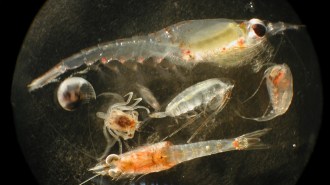Ocean current simulations could narrow Flight 370 search
If recently found wing debris is from missing Malaysian plane, it probably came from north half of suspected crash zone

LOST AT SEA Ocean current simulations show that aircraft debris found on Réunion Island east of Madagascar could have originated from the northern half of Malaysia Airlines Flight 370’s search area.
Lucas Marie/AP




